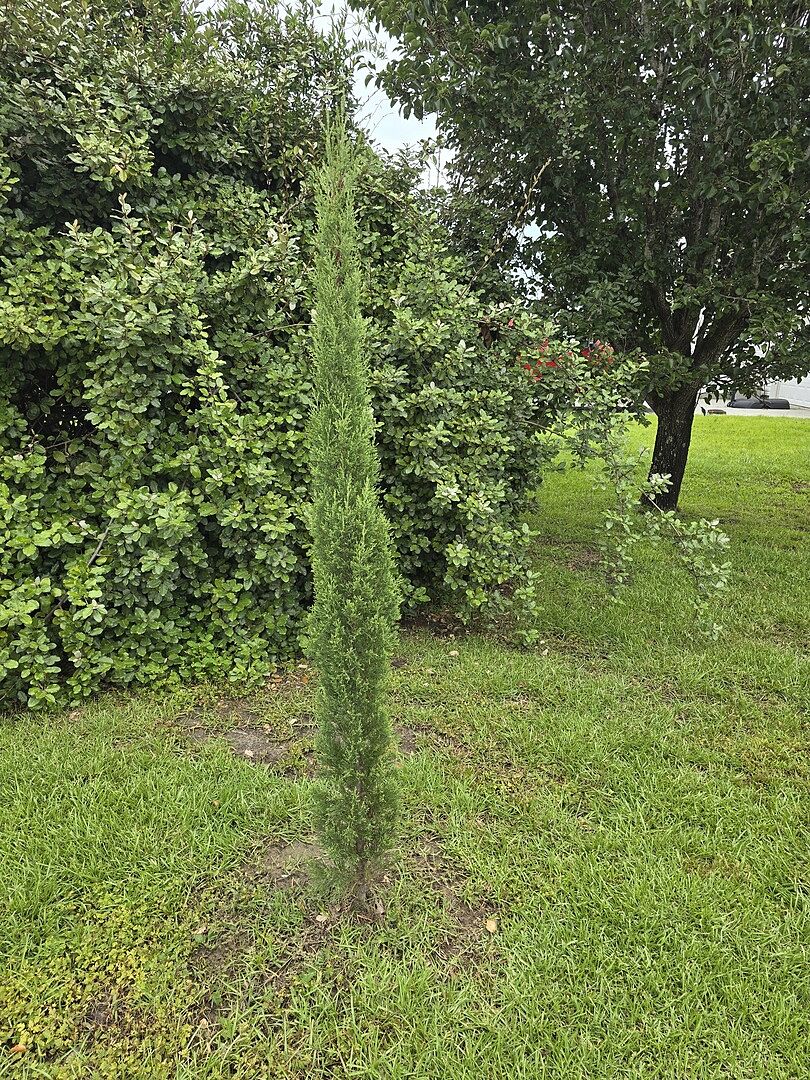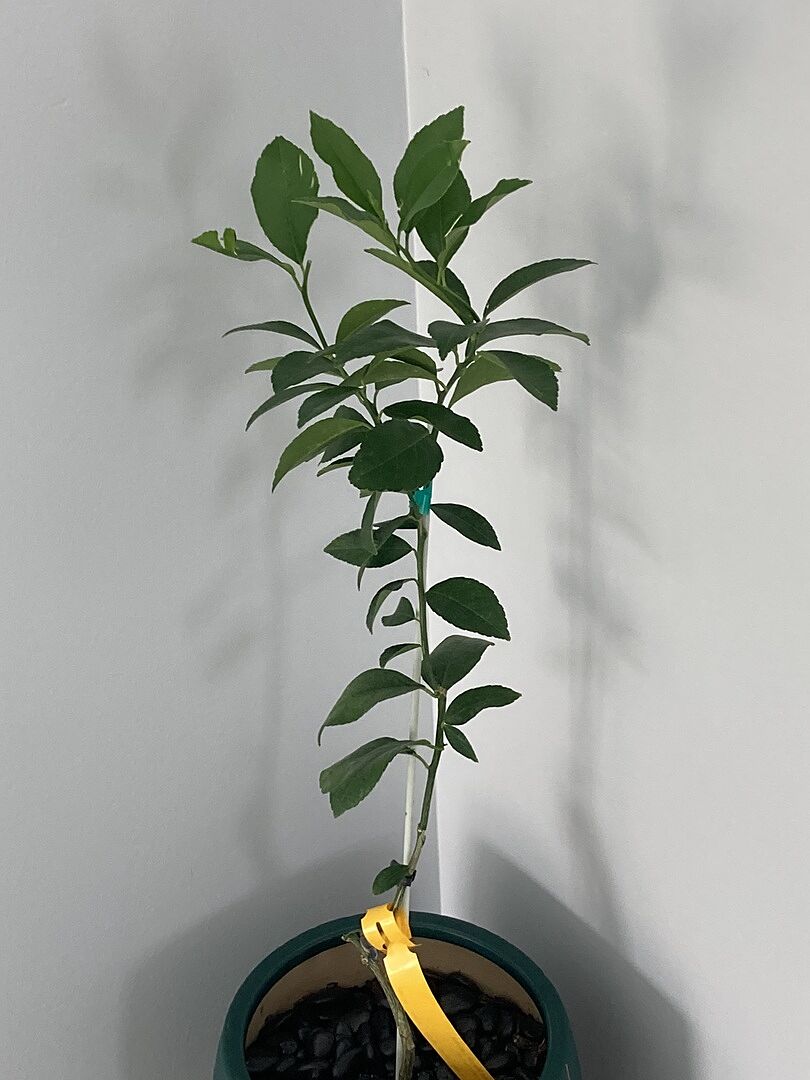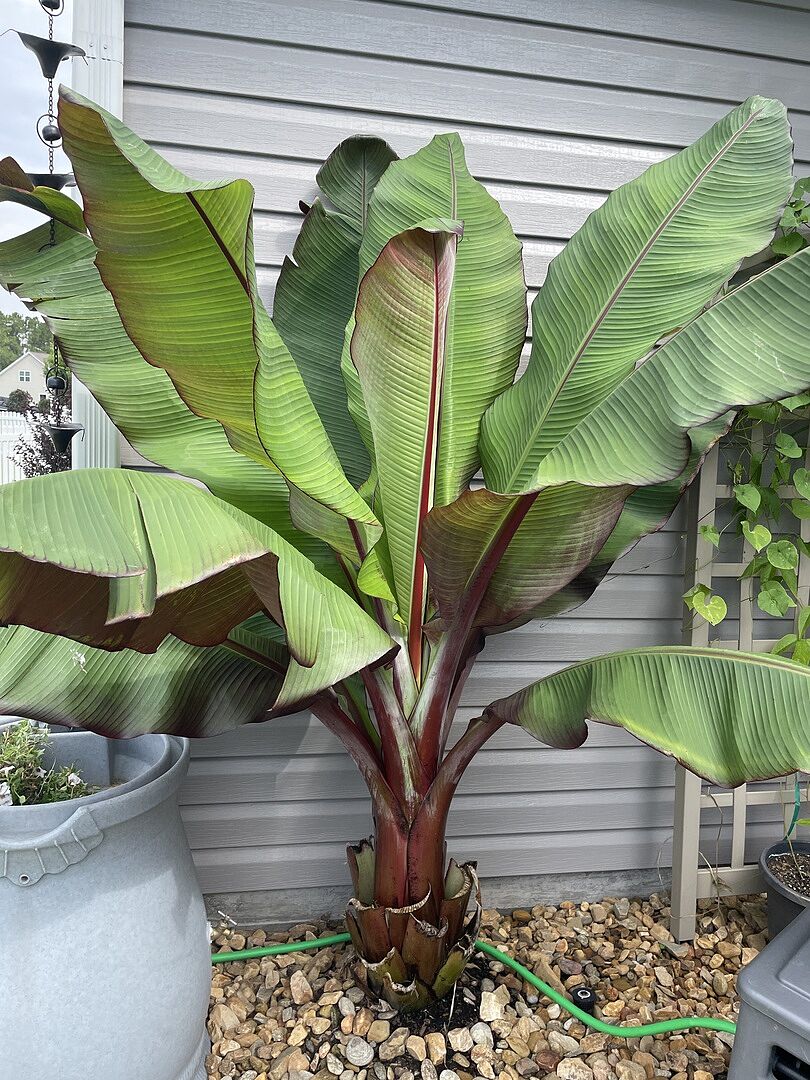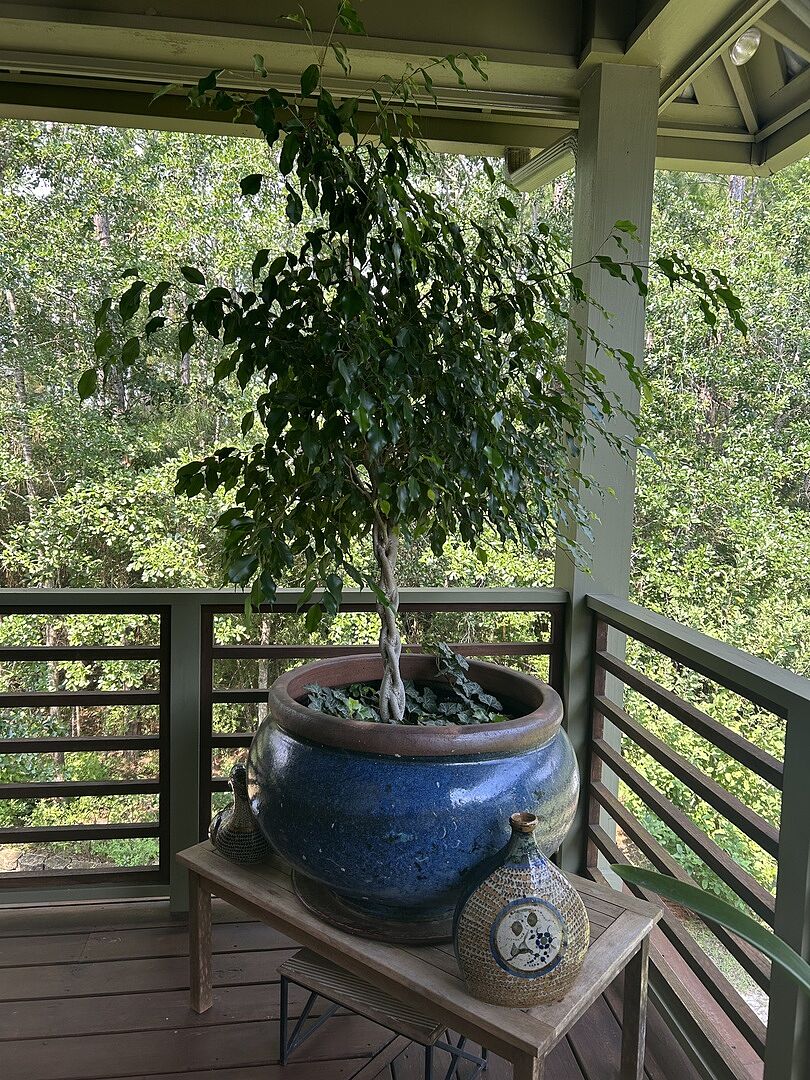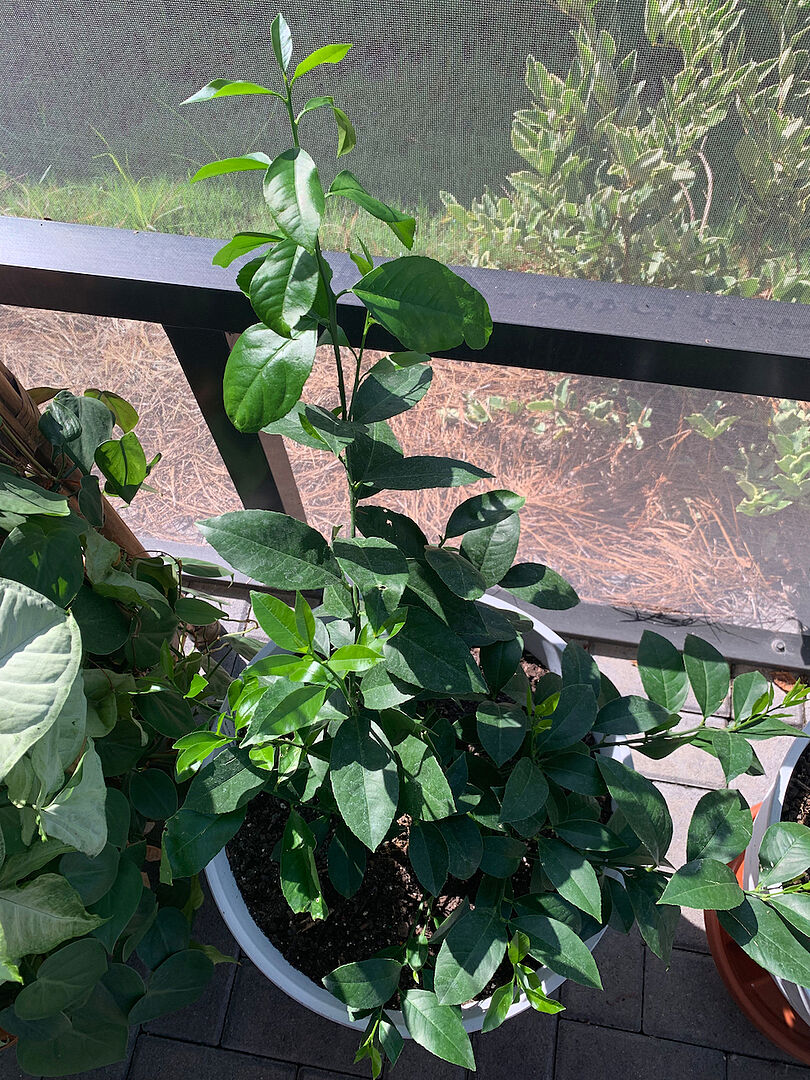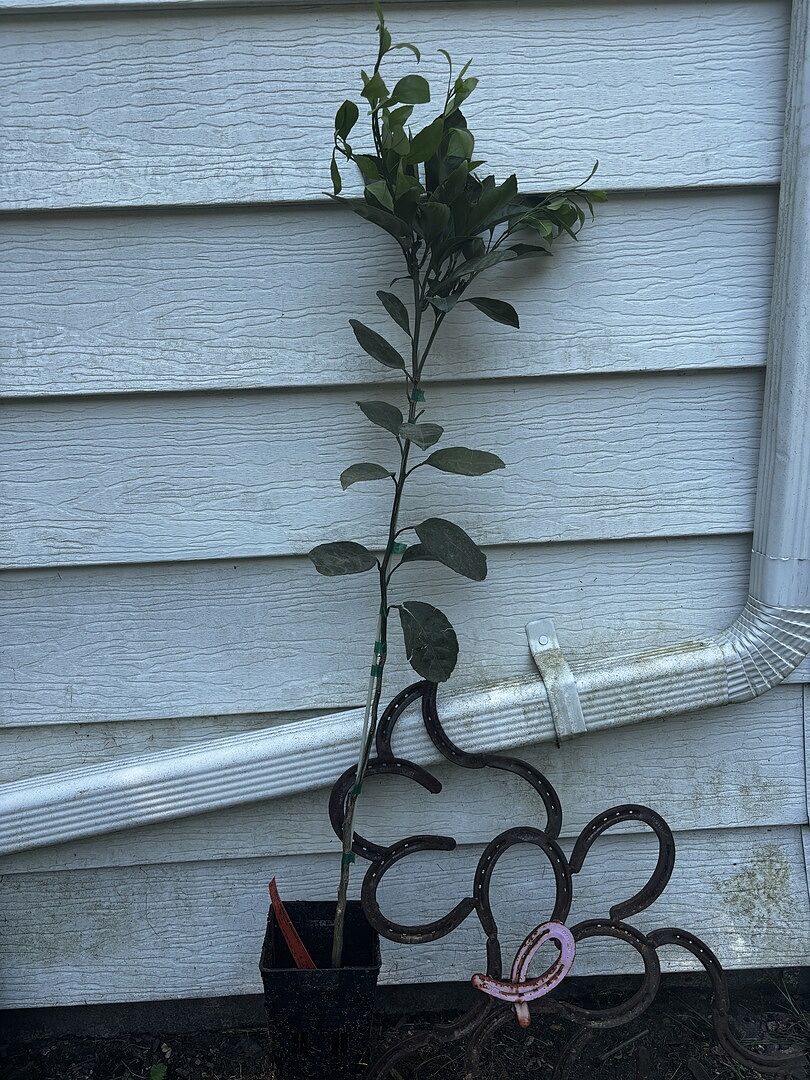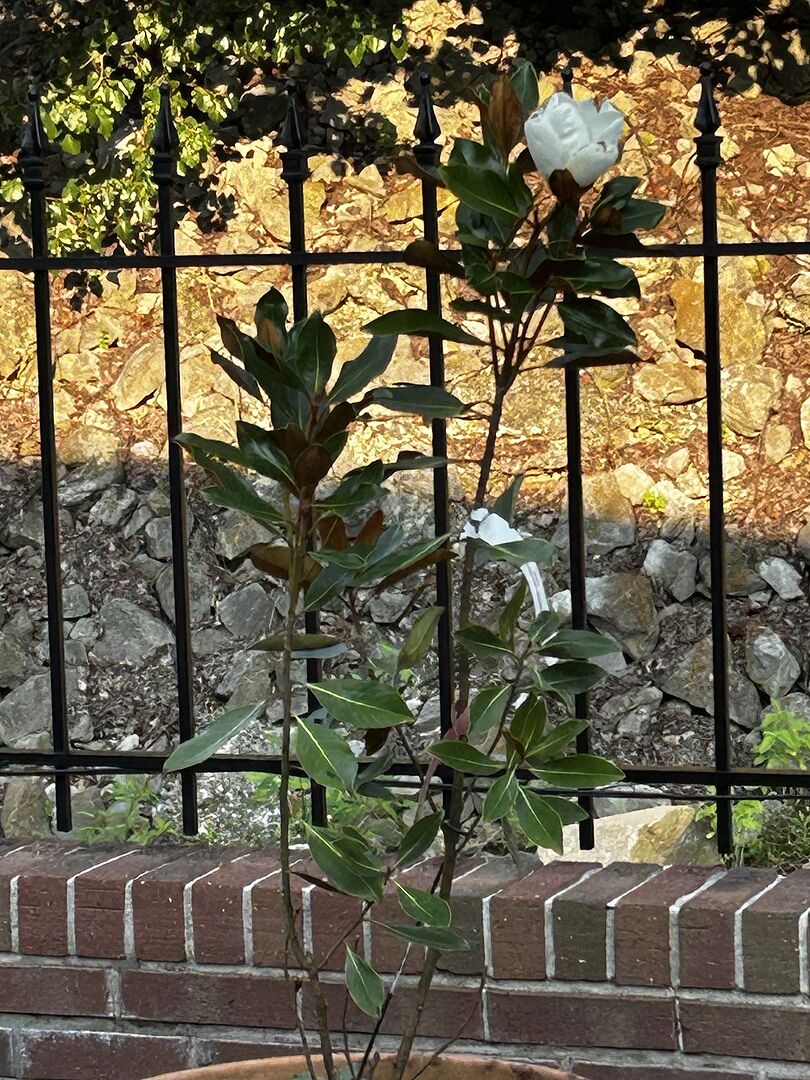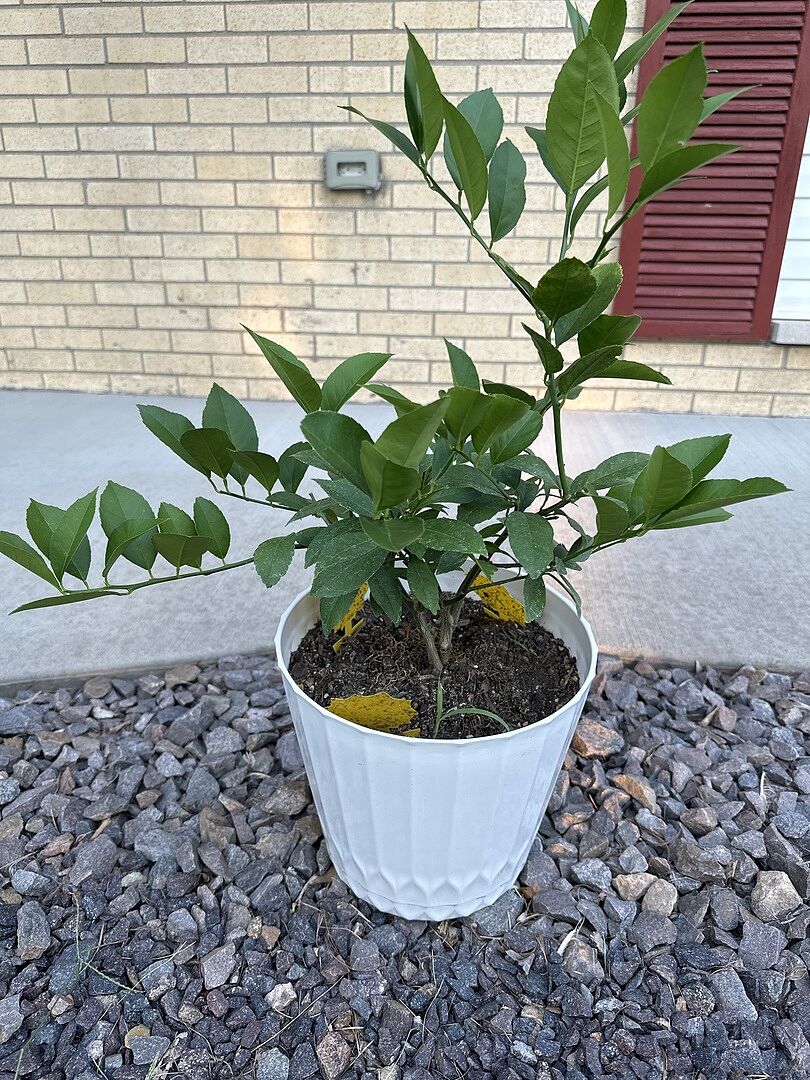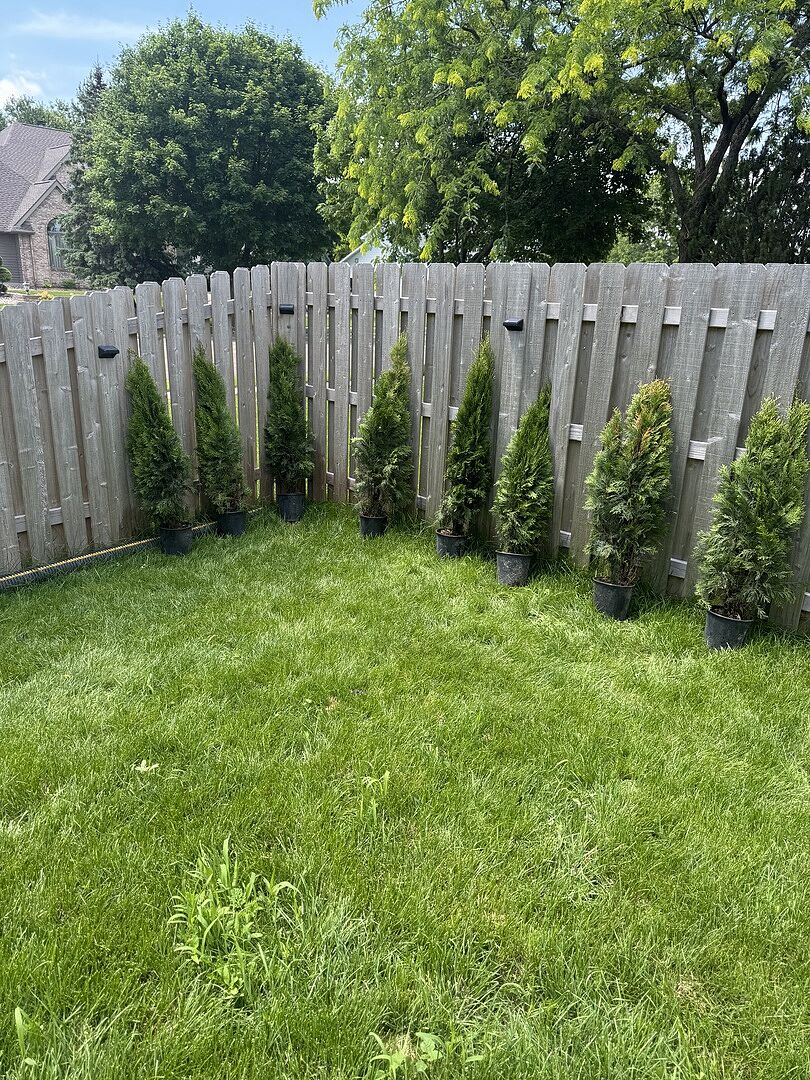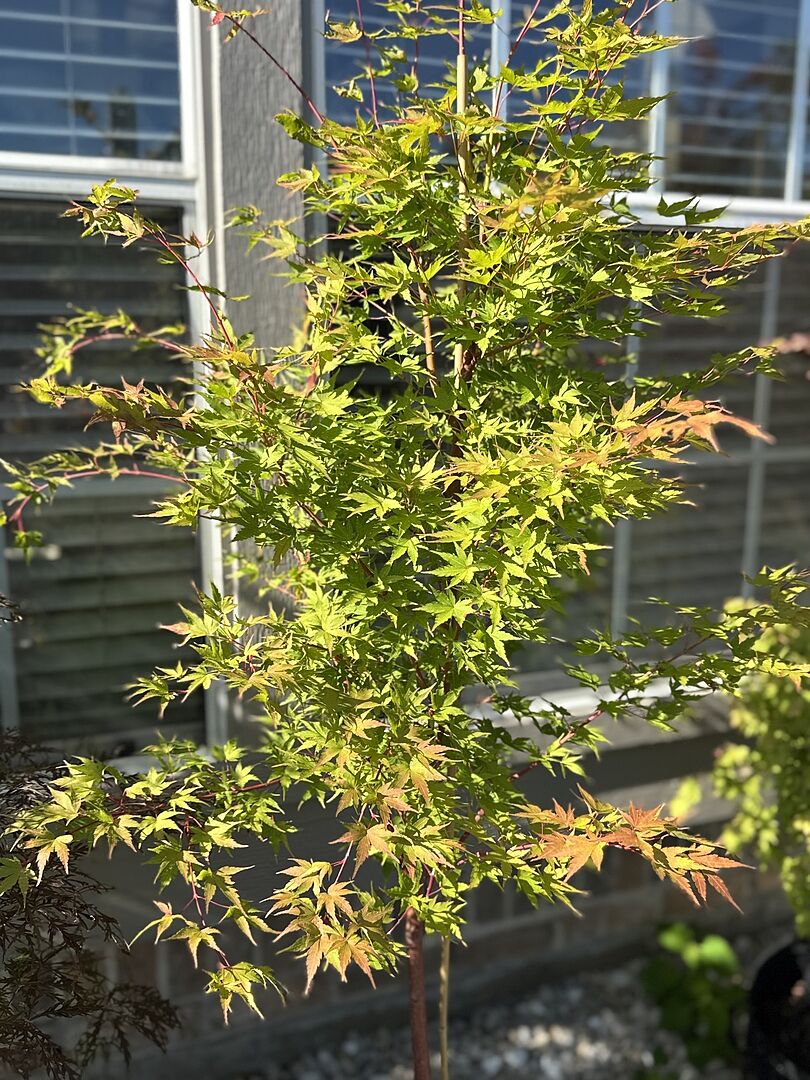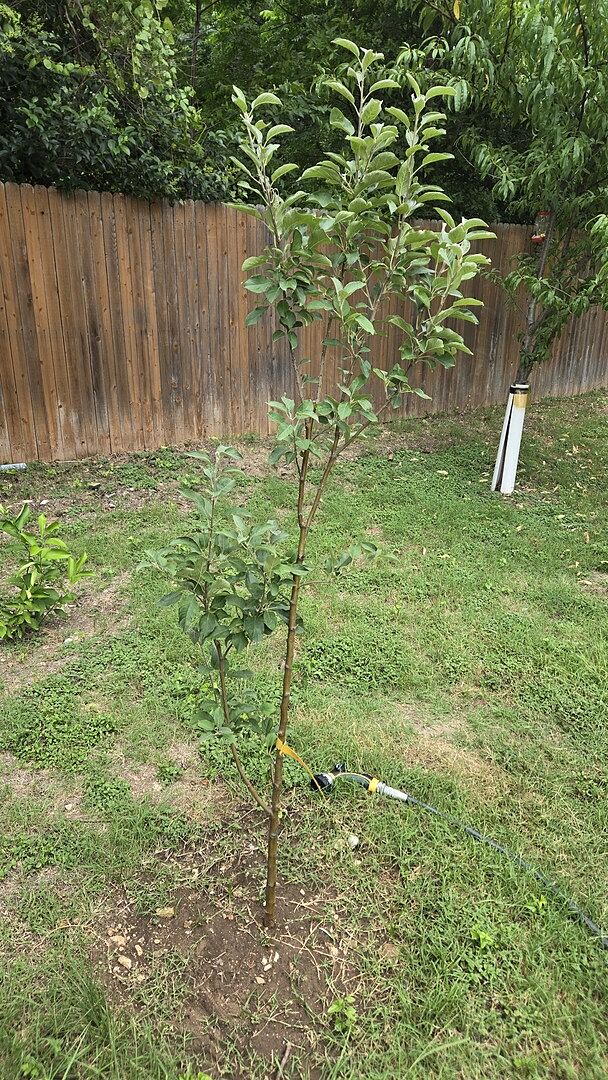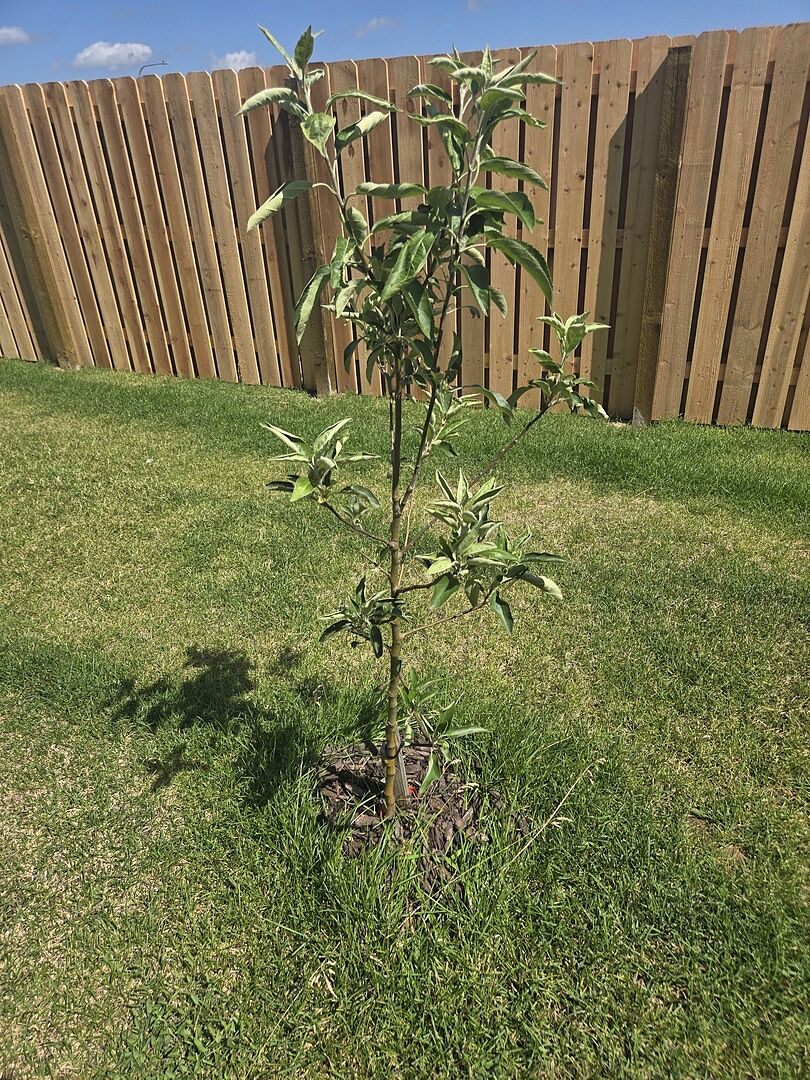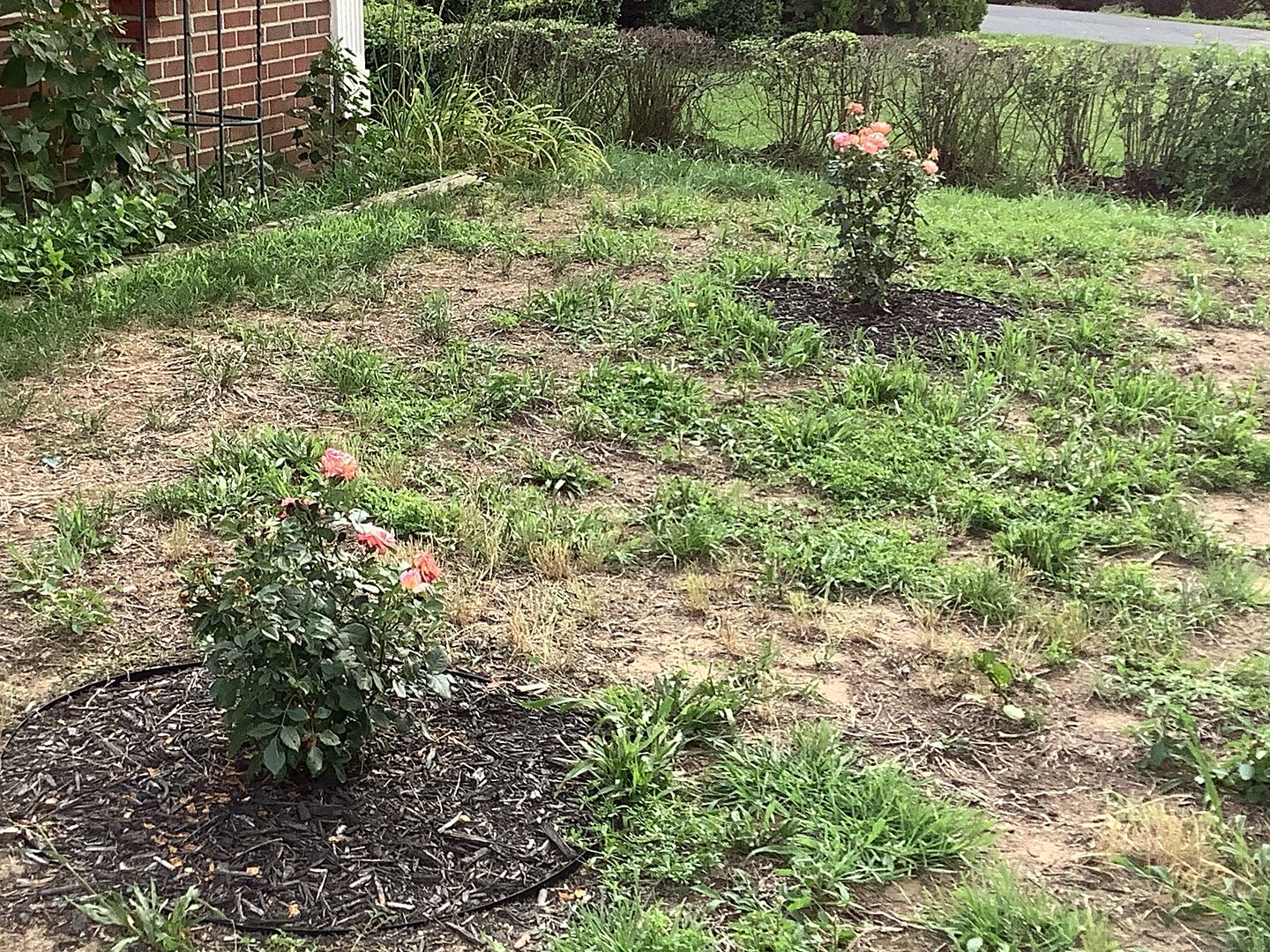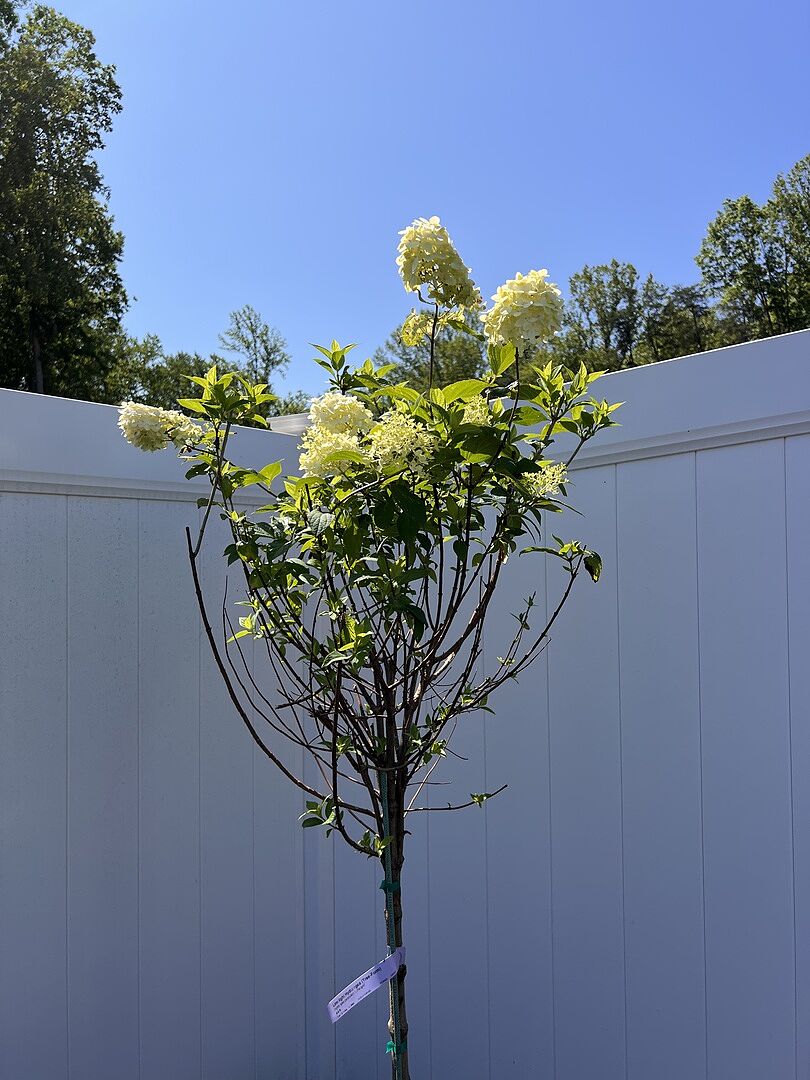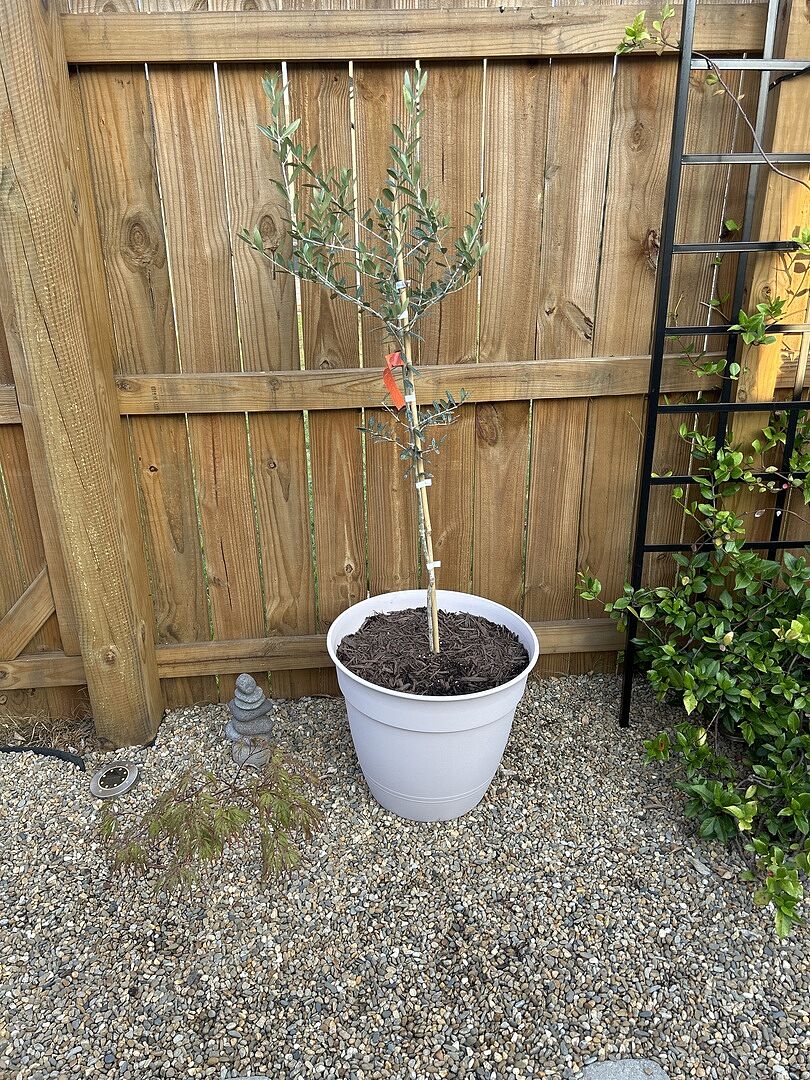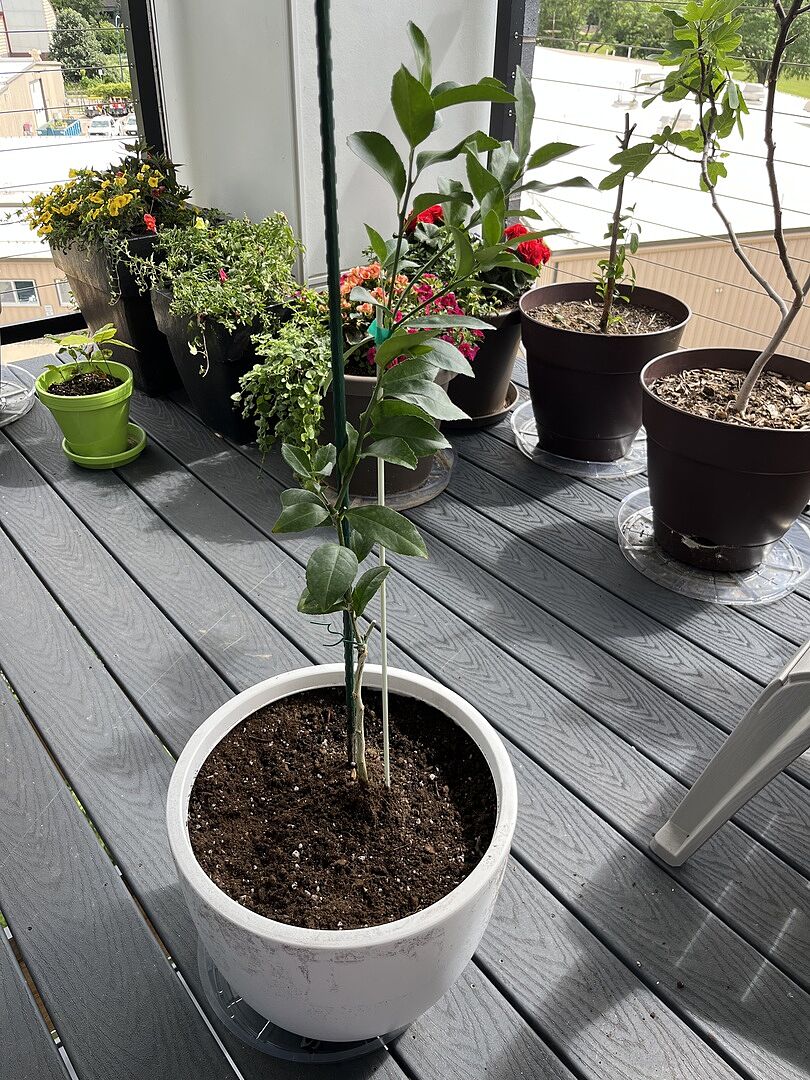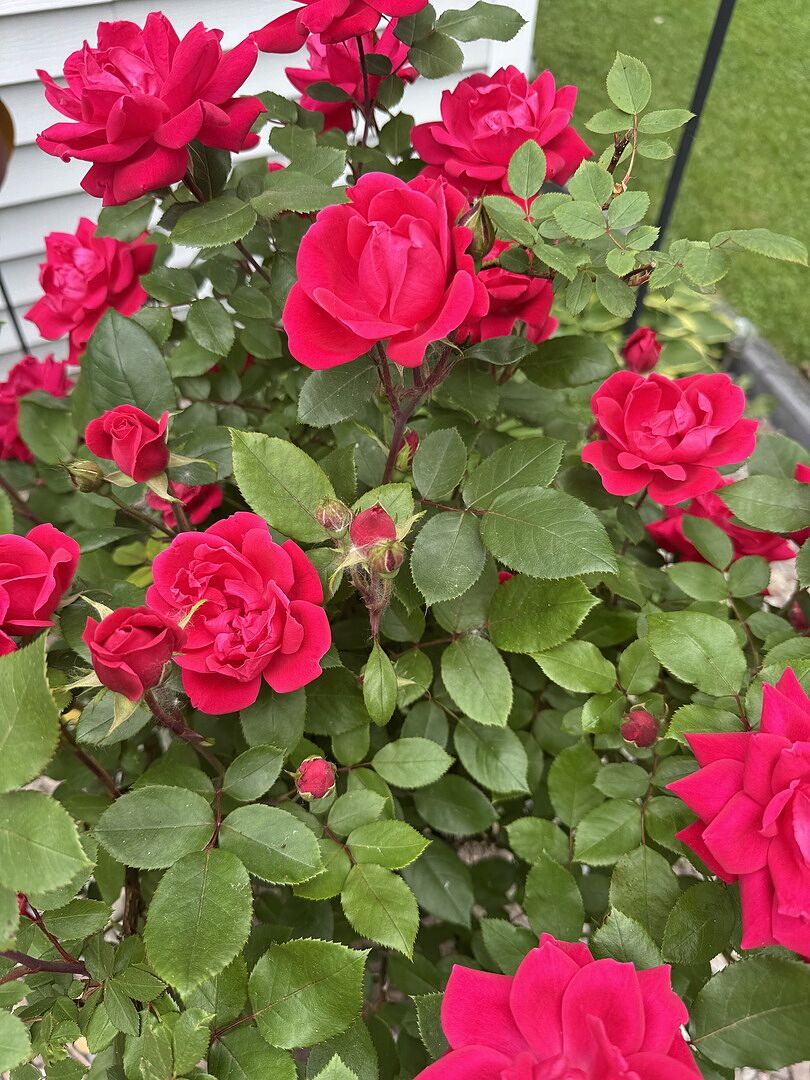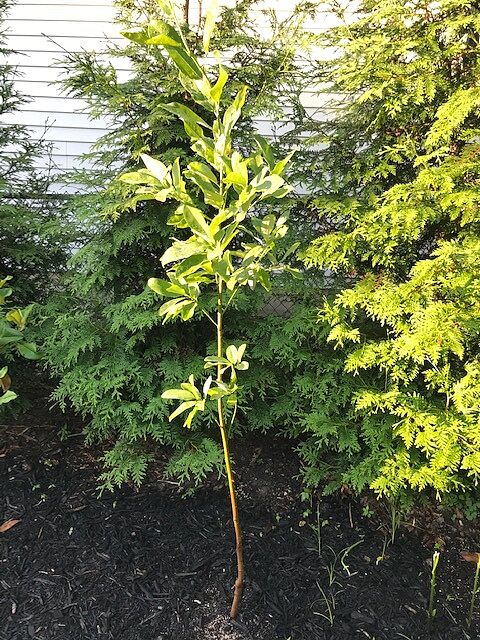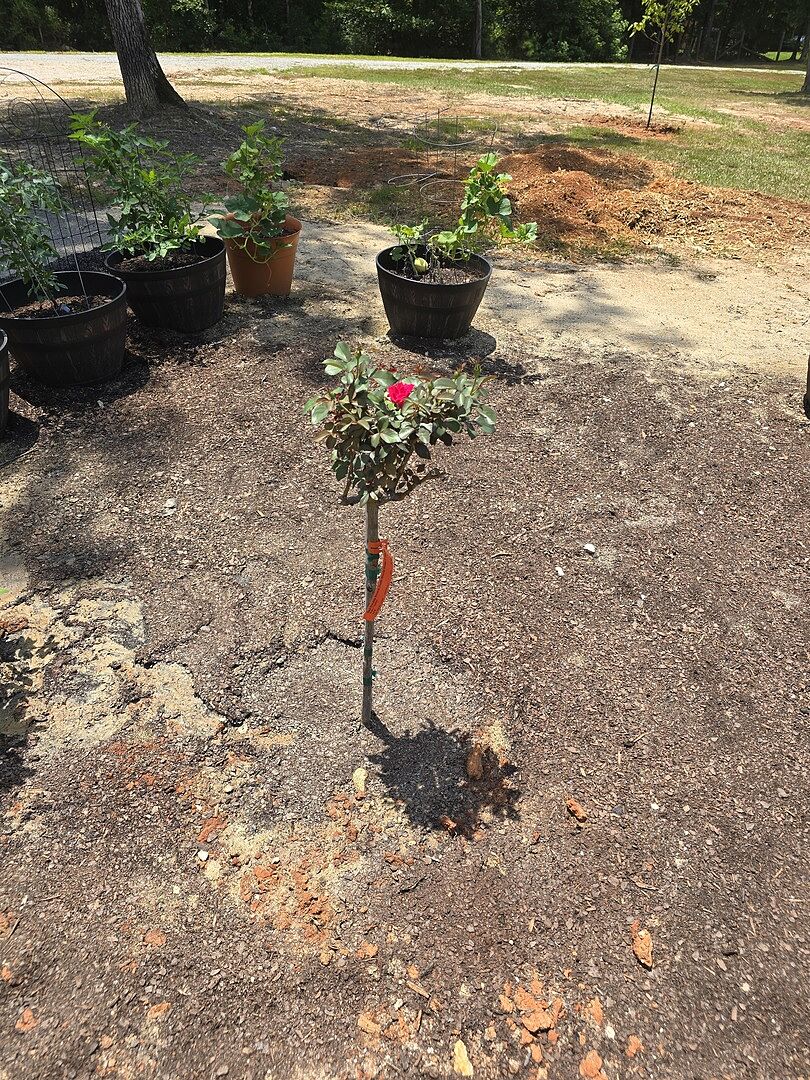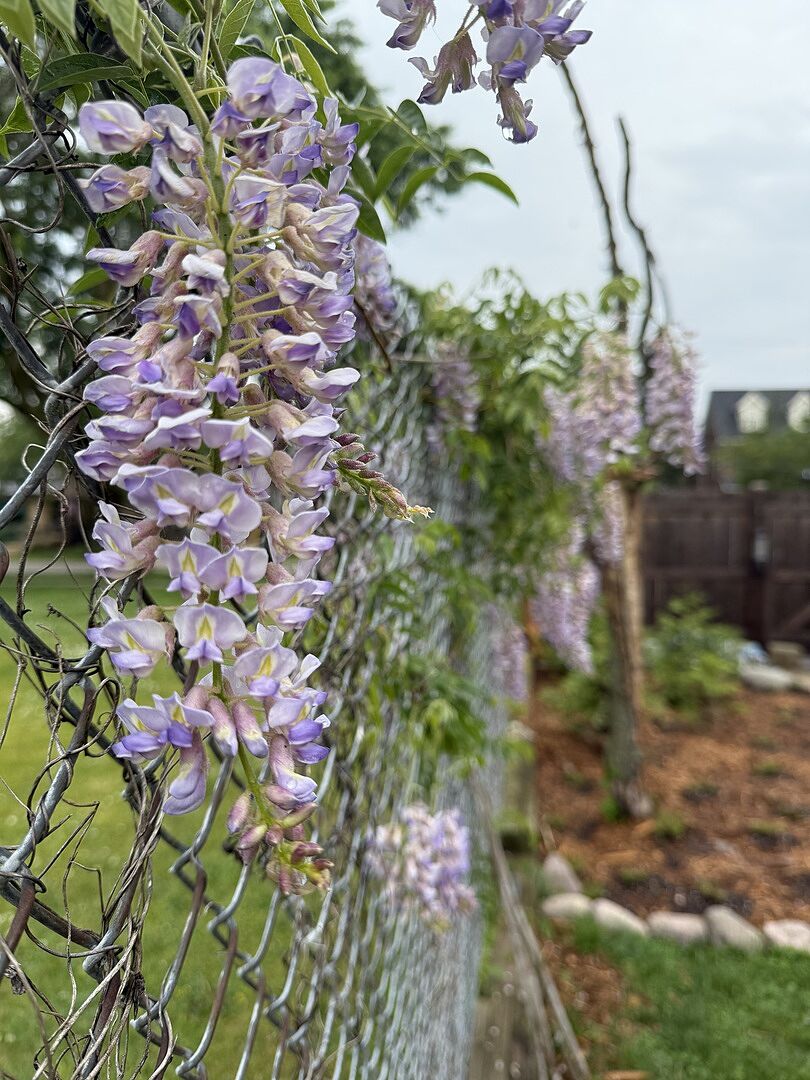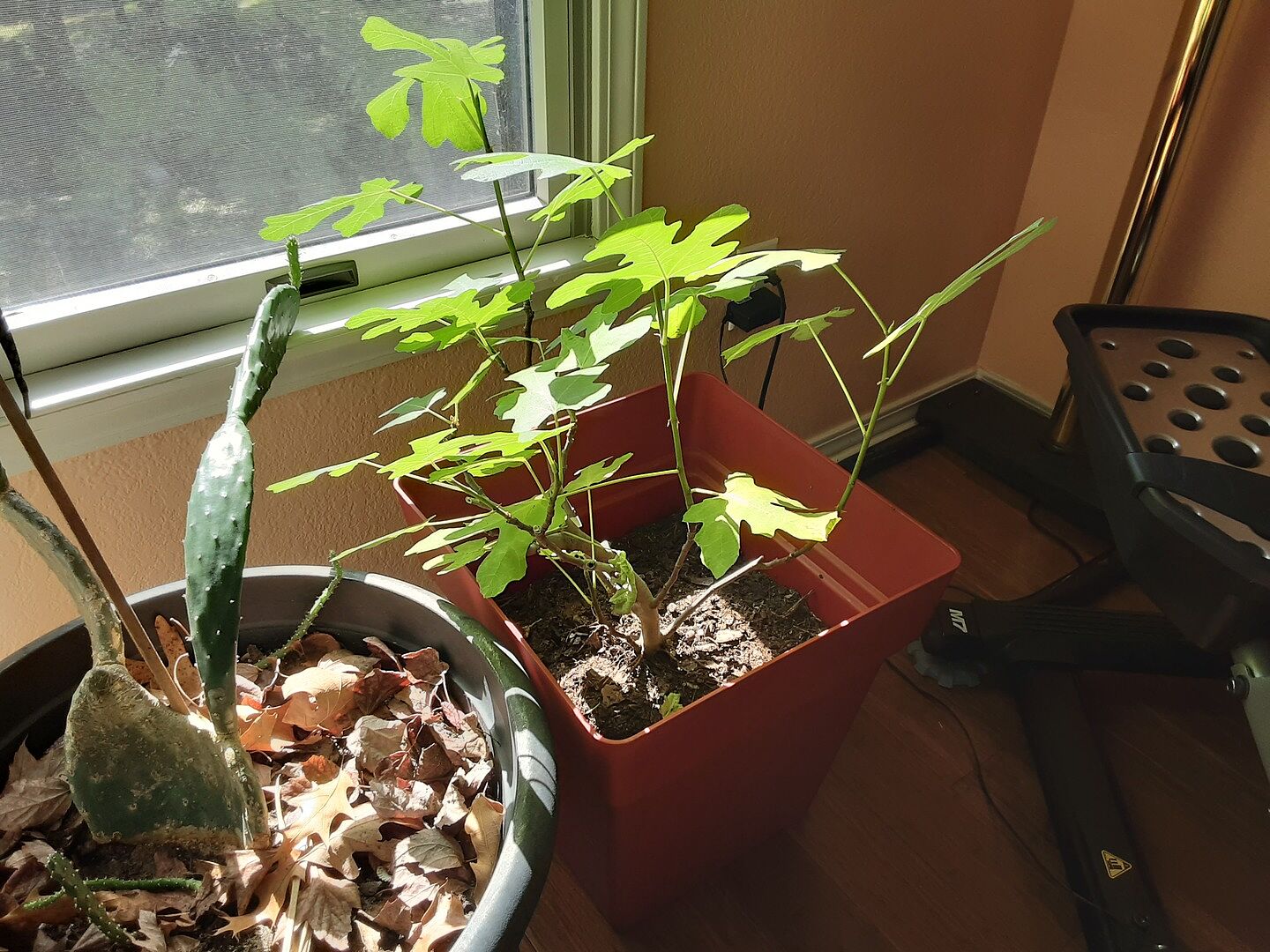Snake Plant: Growing & Care Guide

Last updated: Jul 31 2023

Snake Plant: Growing & Care Guide
This classic houseplant returns with a fresh twist. In the past, Sansevieria, or snake plants, were frequently called “Mother-in-Laws Tongue. The characterization was neither fair to the plant nor the in-law. Recently, the genus, which includes about 70 flowering species, has been relocated from the Asparagus family to the genus Dracaena.
Snake plants call tropical West Africa and Southern Asia (India, Sri Lanka, and Burma) their native homes. Not only do they help filter interior air and remove toxic pollutants, their minimalist look is popular with interior designers. And their low maintenance nature means they’re forgiving to all gardeners, even those with a black thumb!
Ideal Growing Conditions for Snake Plants
Temperature
If you live in warm climates (zones 9-12) with no frost and 70-90F temperatures, you can plant Sansevieria outdoors. But don’t fret if you don’t live in a warmer area, as the snake plant makes a fantastic house plant as well. You can even relocate it to the patio in the summer, as long as night time temperatures don’t go below 45-50F.
Light
In their native homes, Sansevierias grow in full sun to shade. Because they can be found in such different light conditions outdoors, they are adaptable to growing indoors with a wide range of lighting.
- While they can grow in low light, Sansevieria prefer bright indirect light, which enhances their colors. Placing a Sansevieria about a foot away from a south facing window is good.
- Avoid direct sunlight, as it will scorch the leaves. If your plant develops long, slender leaves, it’s not receiving enough light. The leaf is stretching out because it’s trying to find more.
- Your Sansevieria will tell you if it’s not receiving an adequate amount of sunlight. If it’s getting too much sun, the edges of the leaves will turn yellow.
Soil
A good soil mix for Sansevieria is one that drains well. Since the snake plant is succulent, succulent soil mixes work fine. Soil mixes that retain more moisture (those that contain vermiculite) will lead to root rot, the main cause of plant demise.
A soil mixture that contains peat moss, perlite, and horticultural sand is ideal. Even adding some small lava rock will help.There are plant-specific soil mixes available, as well as tropical plant mixes.
Planting tips
- Avoid placing rocks in the bottom of the pot, as it does more harm than good. Contrary to the belief that rocks in the bottom of the pot improve drainage, they actually do the reverse. This change in soil texture causes a “perched water table,” which raises saturated soil and decreases room for root growth. We suggest drilling more drainage holes if needed.
- Self-watering planters are not a good fit for the snake plant, as they keep the soil too moist.
- Choose a container with porous sides like terracotta, or one that has multiple drainage holes in the bottom.
- When replanting your snake plant, replant into a container that is a few inches bigger in diameter than the current diameter of your pot.
Snake Plant Watering Tips and Information
Don’t be surprised if you only need to water your plant once a month. Coming from arid climates, Sansevierias are considered succulents, meaning they store water in their leaves. They also have fine roots that grow close to the soil’s surface. In nature, infrequent but heavy rains water the snake plants. This can be mimicked indoors, not by sticking to a regimented schedule, but watering only as needed.
Too much water is bad news for the snake plant. In spring and summer, watering once a month is fine, and in winter, when the plant isn’t actively growing, every 2 months will work. Using tap water is just fine, and when watering, water deeply until you see water run out the bottom holes of the pot.
If you are not sure when your snake plant needs water, feel the soil to check. Your soil should feel dry a few inches down, and when you lift the pot, it should feel light. You can also use a water meter to check your soil moisture and see when you need to water.
Snake Plant Fertilizing and Flowering
Fertilize your plant in early spring through fall, avoiding fertilizing in winter. We suggest a 10-15-10 fertilizer or a house plant-specific fertilizer. As with using any product, please read the label and follow the instructions on how much and often to apply.
If you are growing your snake plant in low light, you need even less fertilizer. Remember, you can always add more if needed, so it’s ok to use the fertilizer at half strength.
Under good conditions, a Sansevieria houseplant can flower. A flower stalk usually appears in spring. While it’s exciting to see the plant flower, it produces a nectar that is just plain sticky - it also attracts pests. Bottom line, it’s best to enjoy the flowers for a day, and then cut off the stalk at its base.
Snake Plant Growing Tips
Rotating your Sansevieria regularly encourages balanced growth and can eliminate the need to prune it into shape. The less light the plant receives, the more often it needs to be rotated. Turning the pot in the same direction removes some guesswork. The bottom line is to set up a routine so your plant is rotated on a regular basis. For example, turning your pot a quarter turn every month.
Spring and summer are the active growing season for a Sansevieria, and the best time to prune. Damaged leaves can be removed any time as needed.
Cleaning your leaves on a regular basis is more than a meditative practice! It gives you a chance to check for pests while keeping the plant’s pores (stomata) open to maximize its air-purifying powers. Since Sansevierias can remove formaldehyde, benzene, toluene and trichloroethylene from indoor air, I take this seriously. Take a damp cloth and wipe off your leaves when you water.
Since Sansevierias are slow-growing, you won’t have to repot your plant very often. When repotting, use fresh soil and try adding in some compost or Root Rocket to feed your plant at the same time.
Troubleshooting Snake Plants
Snake plants are notoriously easy-going and problem-free, but no plant is invincible. Here are some common issues that you might encounter, and how to solve them!
Leaf Issues
- Overwatering - This is a common mistake with snake plants and can result in root rot and yellowing leaves that will eventually turn black. Repot your plant with fresh soil and let your plant dry out a bit.
- Underwatering - Wrinkled leaves with curling and brown tips are signs that your snake plant needs water. Water deeply by setting the container in a basin of water to soak up needed moisture, and give it a week or so to revive itself.
- Not enough light - Leaves will appear thin and look stretched out or curved towards the light. Rotate your plant to correct the curve, and move it towards the light.
- Too much fertlizer - The edges of your leaves will start to look brown. Water well and deeply - this will flush excess fertilzier out of the soil.
- Cold damage - Leaves will appear limp with no structure, with some blackening and yellowing.
- Broken leaves - This might be due to moving or a drop. Just cut the broken or creased part off, leaving the remainder of the leaf. Be mindful of dripping sap, as it can cause irritation and is toxic to pets.
Pests
Mealybugs, thrips, and scale are common pests that are easily detectable to the eye. The leaves can start to look limp, or you may notice that new growth is stunted.
FGT PRO TIP: Don’t ever apply neem oil to the plant in direct sunlight, or during periods of high temperatures, as this will “cook” the plant!
The Remedy: Remove all the pests you see from the plant first. Mix 1 1/2 teaspoons neem oil with 1 teaspoon mild liquid soap, and 1 qt. room temperature water. Put all of the ingredients into a spray bottle, and shake well. Test on a leaf or two first. Neem is natural and targets pests at all stages of development.
Popular Snake Plants We Have at FGT
FGT carries 3 varieties of Snake Plants: Black Gold, Laurentii, and Zeylanica. Each has its own distinctive pattern.
|
2-3’ high and distinctive for the bright yellow, striped edges on dark, blade-shaped leaves. |
|
|
|
Laurentii |
Each leaf on Laurentii Sansevieria is different with a thicker yellow border and a light green patterned innerleaf. |
|
|
Sansivieria Zeylanica (Ceylon Bowstring Hemp) grows in an upright clump with wavy horizontal stripes. |
|
Plant decorators like to display a row of Sansevieria in a raised rectangular planter. They make a sleek, visual statement. And since they like the same conditions, you can mix them in a planter. With the tall blades of the Sansevieria,they can fit into spots that other plants can’t. They look great with smaller plants like Birken Philodendron, Cebu Blue Pothos, or Golden Pothos. If the plants have different watering needs, keep them in separate pots and have fun mixing and matching the arrangement.

Written by
Meredith Gaines
Meredith's love for plants started at a young age, and only grew when she started working in the Desert Exhibit at the South Carolina Botanical Gardens and the Historic Filoli Estate in the Bay Area. After graduating from Clemson University (GO TIGERS!) with a degree in Biology and Horticulture, she found her niche in the FastGrowingTrees.com family as a horticulturist and has grown in her current role as Senior Plant Expert.
She currently resides in her hometown of Charlotte, North Carolina, and enjoys spending any time she can outdoors. She learns new things about plants every day and loves sharing her plant knowledge and tips with those around her. Her favorite plant is constantly changing, but her long-time favorites are peonies, oak trees, and ferns.
Featured Product

Meyer Lemon Bush
444 reviewsStarting at $59.95

















